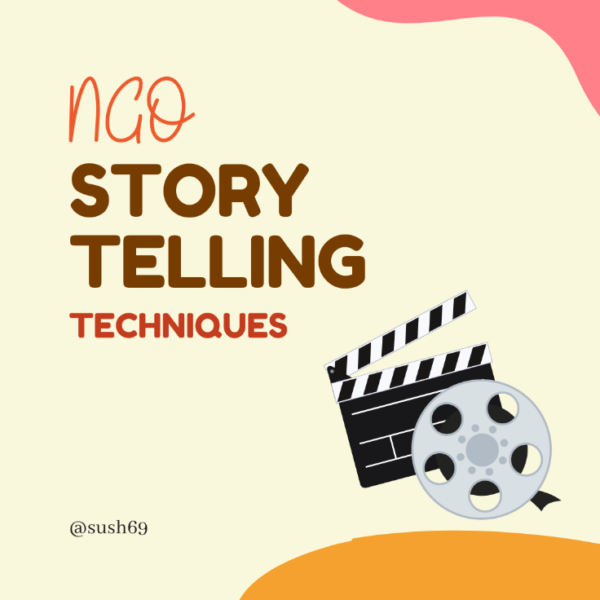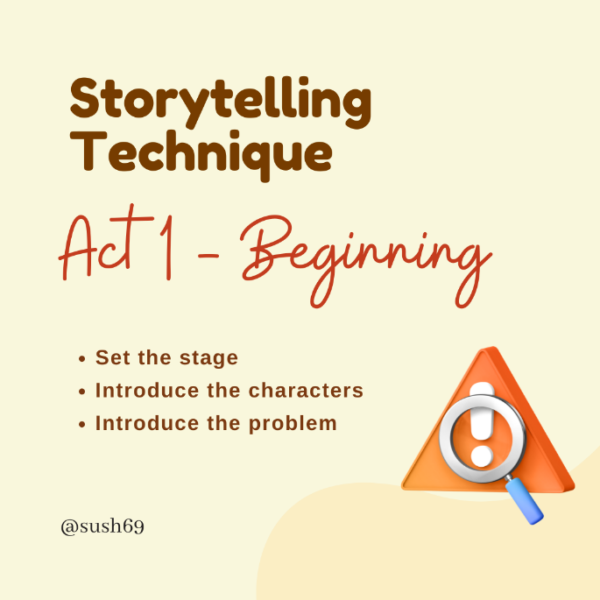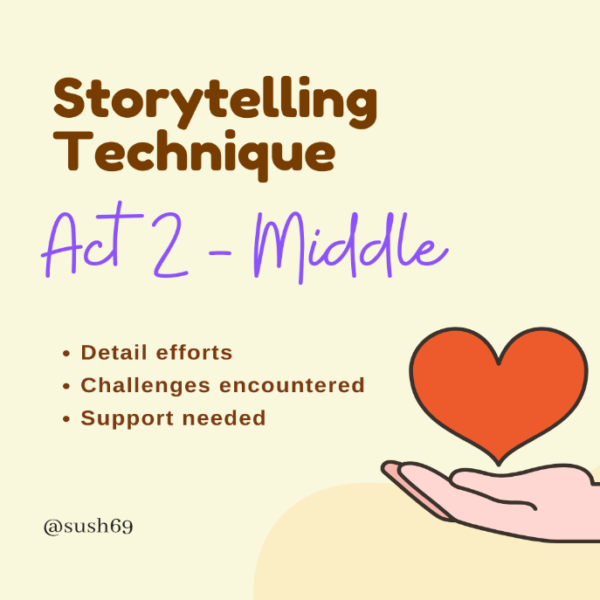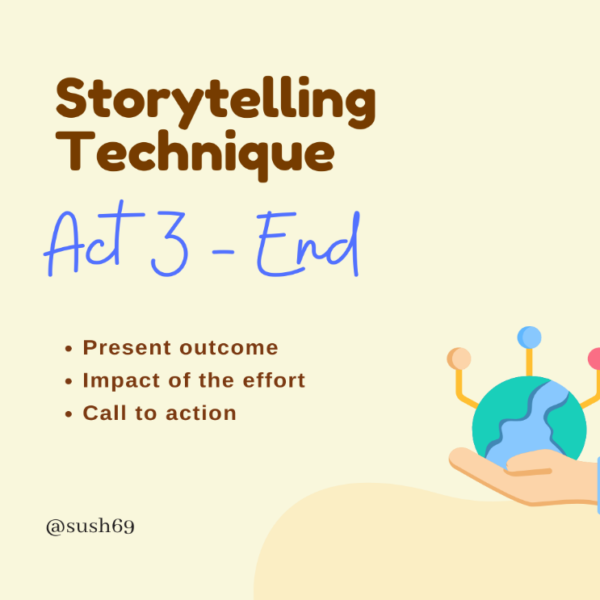Mastering Storytelling: Strategies for Effective Communication Across All Channels
In Nigeria’s bustling NGO scene, strong storytelling is the key to attracting supporters, donors, and ultimately, creating real social impact. But with limited resources, crafting narratives that resonate can be tough.

The classic three-act structure – beginning, middle, and end – offers a powerful framework. By adopting this approach, NGOs can craft compelling stories for any platform, from grant proposals to social media to public speeches.
The Three-Act Structure
The three-act structure is a timeless storytelling framework that can transform how NGOs communicate their missions and successes. This structure comprises the setup (beginning), confrontation (middle), and resolution (end), and can be effectively applied to all forms of communication.
- Beginning: The Setup
Purpose: Introduce the context, characters, and the problem.
Application: In the beginning, NGOs should focus on setting the scene. This involves introducing the organization, its mission, the community it serves, and the specific problem at hand.

Proposal Writing: Start with a compelling narrative about the community or issue you are addressing. Use data and personal anecdotes to highlight the problem’s urgency and relevance. For example, begin with a story of a specific individual affected by the issue, which can create an emotional connection with the reader.
Social Media Images and Captions: Use powerful images that immediately convey the issue. Accompany these with short, impactful captions that highlight the problem. A photograph of a child unable to access clean water, paired with a caption like, “Meet Amina. Every day, she walks 5 miles for clean water. Together, we can change her story,” can be very effective.
Videos: Start with visuals that depict the current state of affairs. A short clip showing the daily struggles of the community can set a strong foundation. Begin with a voice-over or on-screen text that introduces the problem.
Public Speaking: Open with a personal story or a striking fact. For instance, “Imagine waking up every day without knowing if you’ll have clean water to drink. This is the reality for thousands of families in rural Nigeria.”
- Middle: The Confrontation
Purpose: Detail the efforts to address the problem, the challenges encountered, and the process of striving for change.
Application: This act is about the journey. It involves outlining the steps taken to address the problem, the obstacles faced, and the resilience shown by both the organization and the community.

Proposal Writing: Describe your approach and methodology. Highlight key activities, partnerships, and innovations that make your approach unique. Include success metrics and case studies to illustrate progress and impact.
Social Media Images and Captions: Show the process and efforts being made. Share behind-the-scenes photos of your team at work, community members participating in programs, and other actions. Captions should emphasize progress and challenges, like, “Our team is on the ground every day, bringing clean water closer to homes. Step by step, we are making a difference.”
Videos: Use this part to show the work in action. Footage of community meetings, construction of facilities, or educational workshops can be powerful. Narrate the ongoing efforts, emphasizing the journey and the hurdles.
Public Speaking: Discuss the actions taken by your organization. Share stories of community members actively involved in the change, the hurdles faced, and how these challenges are being overcome. For example, “With limited resources, we started a small-scale water purification project. Despite numerous challenges, our community’s determination has driven remarkable progress.”
3. End: The Resolution
Purpose: Present the outcome, the impact of the efforts, and a call to action.
Application: Conclude with the results achieved and the positive changes brought about by the interventions. Emphasize the tangible outcomes and the ongoing need for support.

Proposal Writing: Summarize the impact and the benefits realized. Use data to show improvement and personal stories to highlight individual successes. Conclude with a strong call to action, specifying the support needed to sustain and expand the impact.
Social Media Images and Captions: Share success stories and happy outcomes. Pictures of beneficiaries enjoying the benefits of the programs, with captions like, “Thanks to your support, Amina now has access to clean water right in her village,” can inspire and motivate your audience.
Videos: Highlight the transformations achieved. Before-and-after footage, testimonials from beneficiaries, and scenes of improved conditions can be compelling. End with a call to action, encouraging viewers to join the cause.
Public Speaking: Wrap up with the success stories and the changes witnessed. Use testimonials and success metrics to substantiate your claims. Encourage the audience to support your cause with a clear call to action, such as, “Your support can help us bring clean water to every child in need.”
Maximizing Impact with Limited Resources
Leverage Technology: Utilize free or low-cost tools for creating and editing content. Smartphones can be powerful tools for capturing photos and videos. Platforms like Canva can help design engaging social media graphics without requiring professional skills.
Engage Volunteers: Tap into the power of volunteerism. Engaging passionate volunteers who can contribute their skills in writing, photography, video editing, and social media management can significantly enhance your storytelling capacity.
Collaborate and Share Stories: Partner with other NGOs, community leaders, and beneficiaries to share stories. Cross-promoting each other’s content can expand your reach and amplify your message.
Consistent Messaging: Ensure that all your communications, whether written proposals, social media posts, or public speeches, consistently convey your core message and values. This helps build a strong, recognizable brand identity.
By embracing the three-act structure and leveraging available resources creatively, your NGOs can craft compelling stories that resonate with your audience, drive engagement, and ultimately further your NGO’s mission despite financial and human resource constraints.


